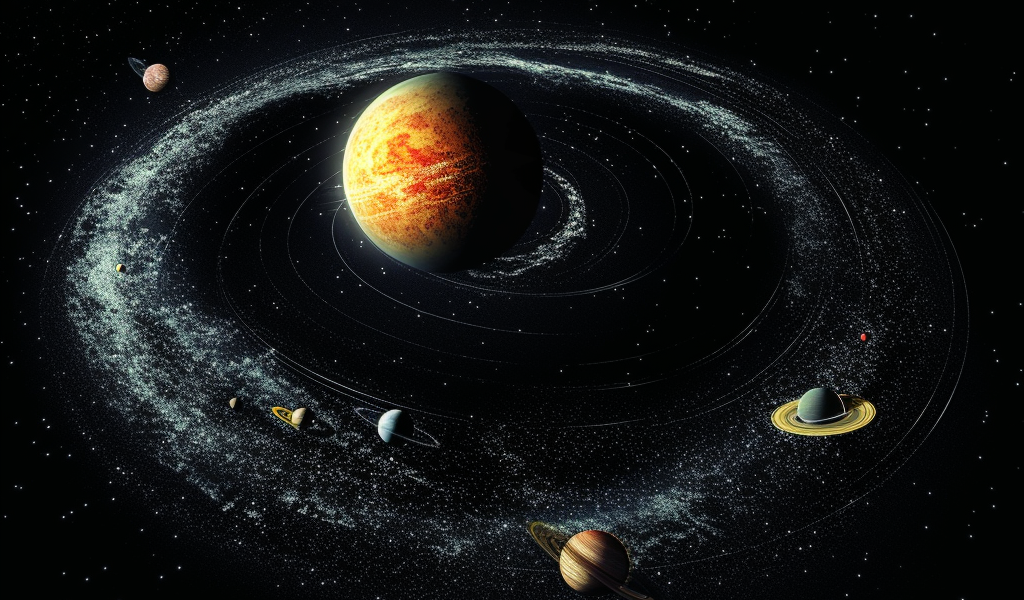Scientists have made a groundbreaking discovery of a multi-planet star system, offering a rare glimpse into the formation and behavior of planets around a newly formed star. The star, TOI-1136, is a dwarf star located in the Milky Way galaxy, just over 270 light years away from Earth. The system is particularly unique as it contains six confirmed planets, with strong indications of a potential seventh.
The findings, published in The Astronomical Journal, provide detailed insights into the masses of the exoplanets, the shape of their orbits, and the characteristics of their atmospheres. These revelations were made possible through advanced technology and initial observations dating back to 2019, utilizing data from the Transiting Exoplanet Survey Satellite (TESS).
Stephen Kane, a planetary astrophysics professor at UC Riverside, highlighted the significance of the newly discovered system’s age. At just 700 million years old, it offers a rare opportunity to study planets in their infancy, shedding light on the process of solar system formation. Kane emphasized the challenges of studying young stars, noting their high activity levels, which can complicate precision measurements due to intense magnetism, sunspots, and solar flares.
All the planets within the system share a similar age and were formed under comparable conditions, making it an ideal scenario for comparative studies on how planets evolve over time and how their atmospheres are influenced by varying distances from the star. This presents a valuable opportunity to enhance existing theories about the formation and development of planetary systems.





